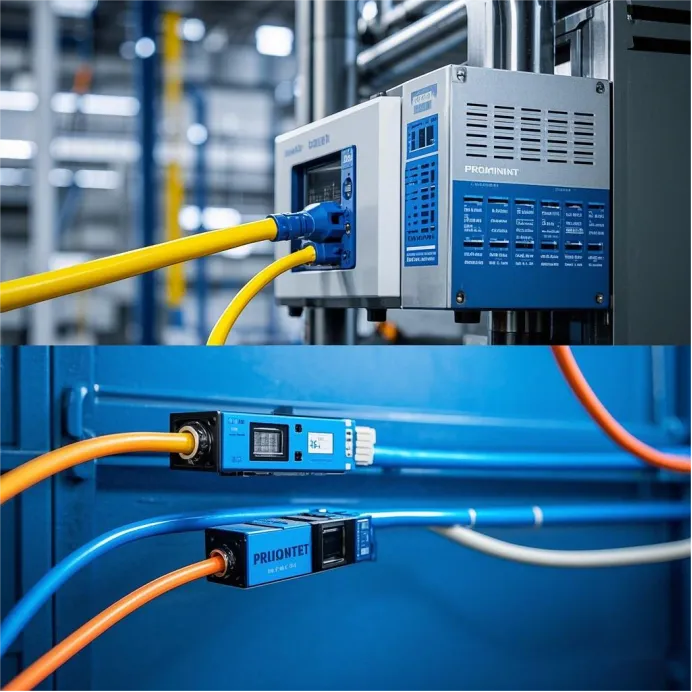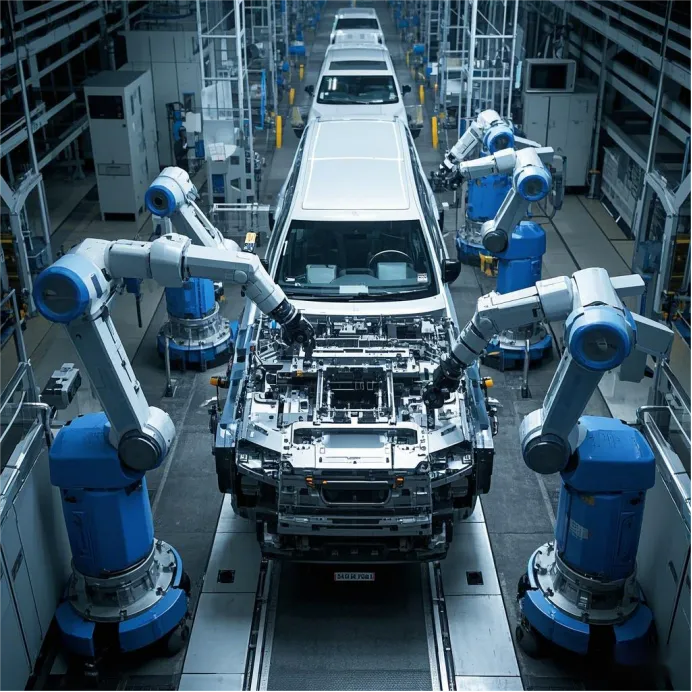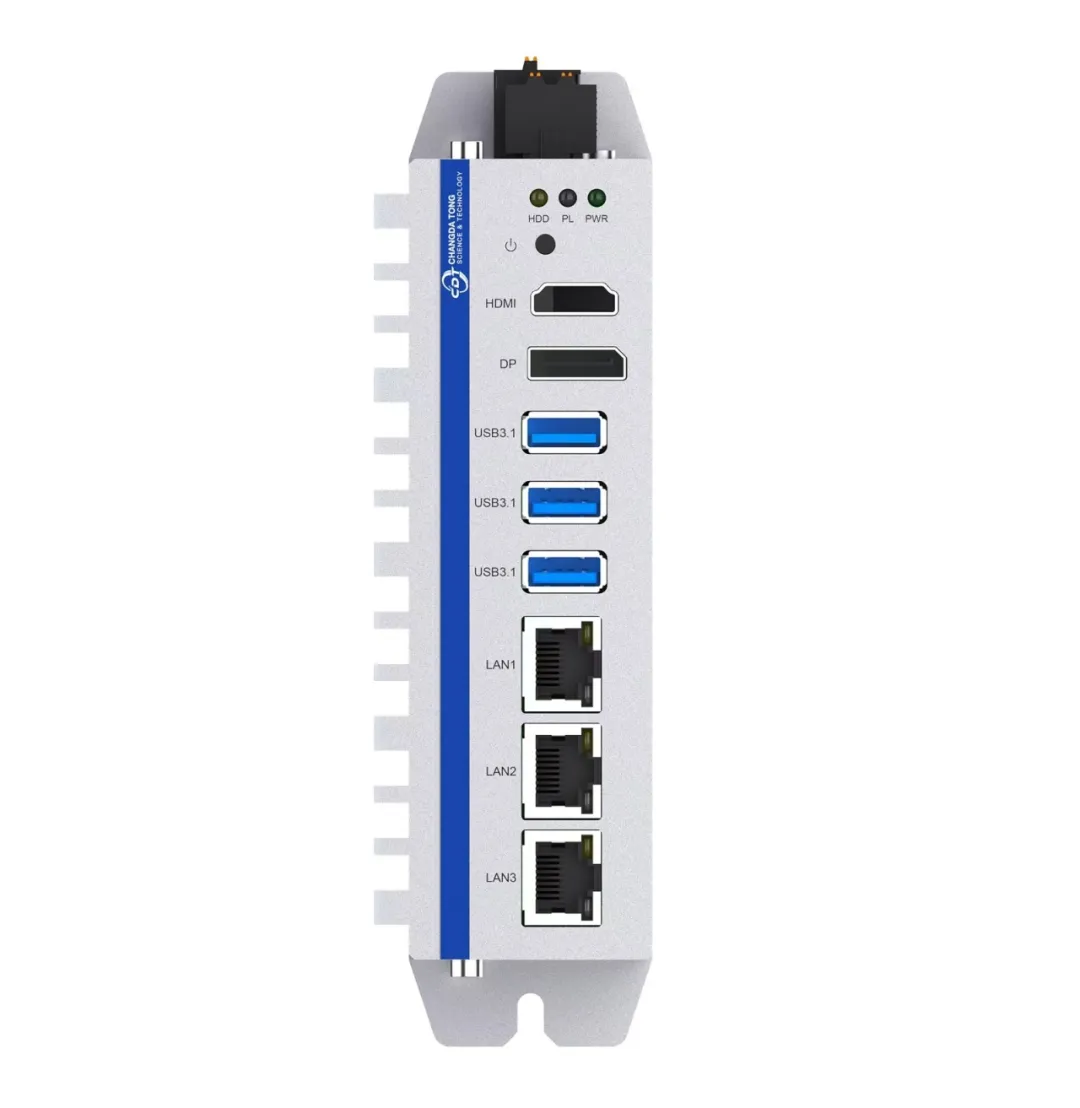| PROFIBUS Communication Protocol: The "Neural Vein" of Industrial Automation

In the wave of Industry 4.0, the communication between devices is like the blood vessel network of the human body, which determines the "vitality" of intelligent manufacturing. PROFINET, an open protocol based on industrial Ethernet, is reshaping the future of industrial automation with real-time, high bandwidth and the interconnection of everything. It not only carries the flood of data, but also weaves the blueprint of precision and efficiency in every inch of the smart factory.
PROFINET: The transition from tradition to the future
PROFINET was born out of the innovative needs of industrial communication, and its core goal is to solve the limitations of traditional bus protocols (such as PROFIBUS) through Ethernet technology. Compared to the RS-485 physical layer of PROFIBUS and up to 12 Mbps, PROFINET is based on the standard RJ-45 interface and supports transmission rates from 100 Mbps to 1 Gbps, with response times compressed to less than 1 millisecond and even nanosecond clock synchronization accuracy. This transition has made industrial communication move from "more certainty and less bandwidth" to a new era of "high-speed and real-time coexistence".

Second, the core of technology: speed, intelligence and toughness
Real-time: the "heartbeat" of industrial control
Real-time channel (RT) and isochronous synchronization (IRT) : Through hierarchical communication mechanisms, PROFINET divides data into real-time streams (such as PLC instructions) and non-real-time streams (such as device diagnostics), ensuring that key instructions are transmitted preferentially and robot coordination errors are controlled at the sub-millimeter level.
Precise Time Protocol (PTP) : Nanosecond clock synchronization allows multi-axis robots to collaborate with a PLC with symphonic precision.
Flexibility: The 'infinite possibilities' of the Web
Topological freedom: Support star, ring, tree and other structures, adapt to the complex layout of the workshop. For example, automotive production lines are redundant through a ring topology so that a single point of failure does not affect overall communication.
Wireless expansion: With the help of wireless gateways (such as DTD418M), PROFINET can get rid of cable bondage and realize flexible networking of mobile robots and AGVs.
Compatibility: "Seamless bridge" between old and new ecosystems
GSD device description file: Different brands of equipment (such as Siemens PLC and ABB robots) only need to import standardized configuration files, which can be quickly integrated and shorten the debugging cycle by more than 50%.
Co-existing with PROFIBUS: Through proxy devices, traditional PROFIBUS networks can be seamlessly integrated into the PROFINET architecture.

Application scenario: from the workshop to the cloud
Manufacturing: The "nerve center" of precision manufacturing
Automotive production line: Siemens S7-1500 PLC controls ABB robot to complete cylinder head assembly in real time through PROFINET, the defective rate is reduced from 3% to 0.5%, and a single action takes only 0.8 seconds.
Electronics packaging: Mitsubishi PLC works in tandem with Fanuc robots to sort products at high speeds of 3-4 pieces per second, reducing order switching response time from days to hours.
Energy and Process Industry: The "Guardian" of Security
Chemical explosion-proof zone: PROFINET PA(Process Automation variant) connects the pressure transmitter to the control system through intrinsical safety design, replacing the traditional 4-20mA signal and reducing the risk of manual inspection.
Power monitoring: In hydropower stations, real-time transmission of turbine data to achieve millisecond response of unit start-stop and speed regulation.
Smart Buildings and Logistics: The "invisible Hand" of the future
Building automation: Energy consumption is reduced by 20% with PROFINET integrated lighting, air conditioning and security systems.
AGV iot network: The integration of 5G and PROFINET (such as VXLAN tunneling technology) allows AGV fleets to achieve central scheduling in private 5G networks, reducing maintenance costs by 30%.

Challenges and the future: 5G, AI and the Industrial metauniverse
5G Convergence: The new frontier of wireless
Siemens uses VXLAN tunneling technology to transmit PROFINET IO data in 5G networks, solving the problems of packet loss and latency in traditional wireless communications. For example, in the AGV demonstration at Hannover, 5G networks carry PROFINET instructions for "deterministic communication" rather than "best effort."
In the future, 5G URLLC(ultra-reliable Low latency communication) will further unlock the potential of PROFINET to support more mobile device access.
Intelligent operation and maintenance driven by AI
Combined with big data analytics, the PROFINET network can predict equipment failures (such as motor overheating) and intervene early through remote diagnostics, reducing downtime losses.
The "connector" of the industrial metaverse
PROFINET is combined with digital twin technology to map the state of physical equipment in real time, providing data foundation for virtual debugging and optimization.

PROFINET, the "eternal Engine" of Industry 4.0
From sensors at the bottom of the workshop to intelligent analysis in the cloud, PROFINET has become the core link of industrial digital transformation with the attitude of "connecting everything and empowering intelligence". It is not only the innovation of technology, but also the reconstruction of manufacturing thinking - in the flow of data, the factory is given the ability to "perceive, decide, evolve". In the future, with the deepening of 5G, AI and edge computing, PROFINET will shed the single label of "communication protocol" and evolve into an "operating system" for industrial intelligence ecology.

"In the silent code, PROFINET is writing the fourth revolution in industry."

Tianjin Changdatong Technology Co., LTD


















Please first Loginlater ~